What is Cognitive Dissonance?
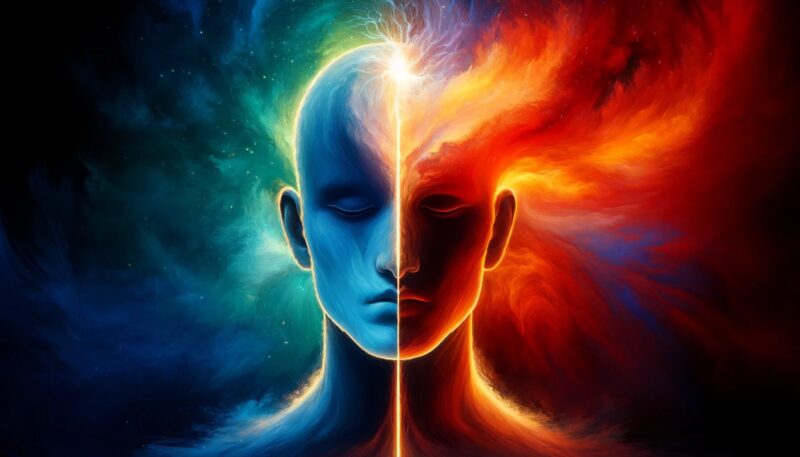
Cognitive dissonance is a psychological concept describing the mental discomfort experienced when holding two or more contradictory beliefs, values, or ideas.
Developed by Leon Festinger, it arises from a situation where a person’s behavior conflicts with their beliefs or attitudes, leading to an inconsistency.
Books on “Cognitive Dissonance”
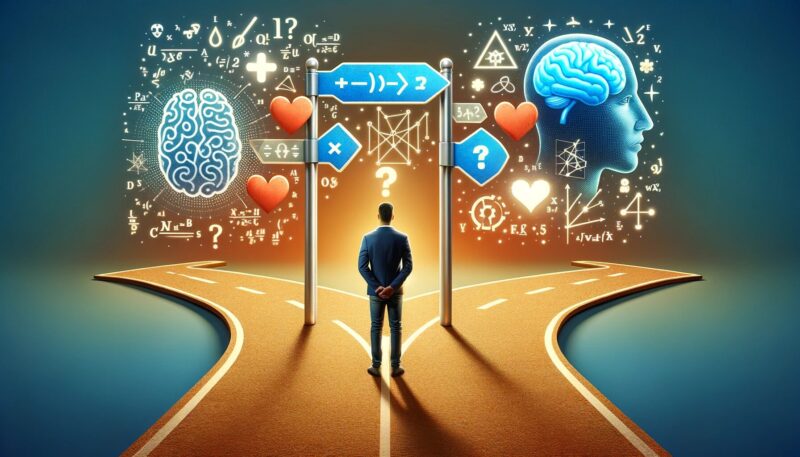
This inconsistency causes psychological stress, motivating individuals to reduce the dissonance by changing their attitudes, beliefs, or behaviors to regain consistency.
Cognitive dissonance plays a significant role in decision-making, belief formation, and attitude change.
Books on “Cognitive Dissonance”
Explanation with Concrete Examples!
Decision-making in a shopping
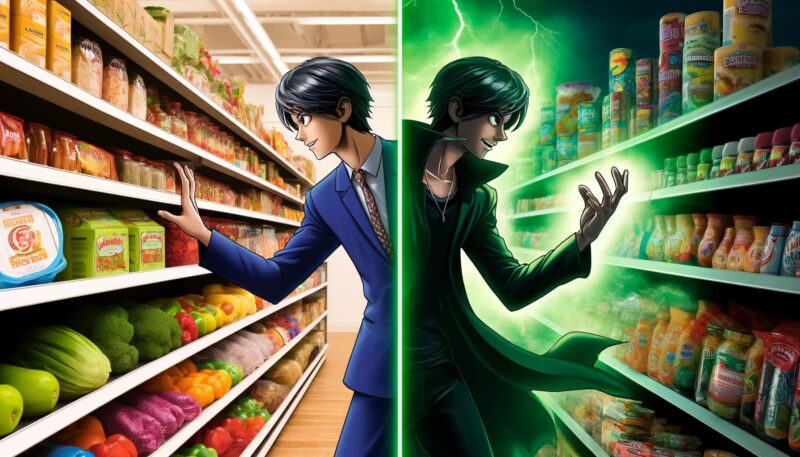
Imagine a character, Yuya-san, facing a common scenario of cognitive dissonance while shopping.
Yuya-san, a health-conscious individual, usually opts for nutritious and organic food.
However, today he finds himself drawn to a display of delicious-looking, but unhealthy snacks.
Books on “Cognitive Dissonance”
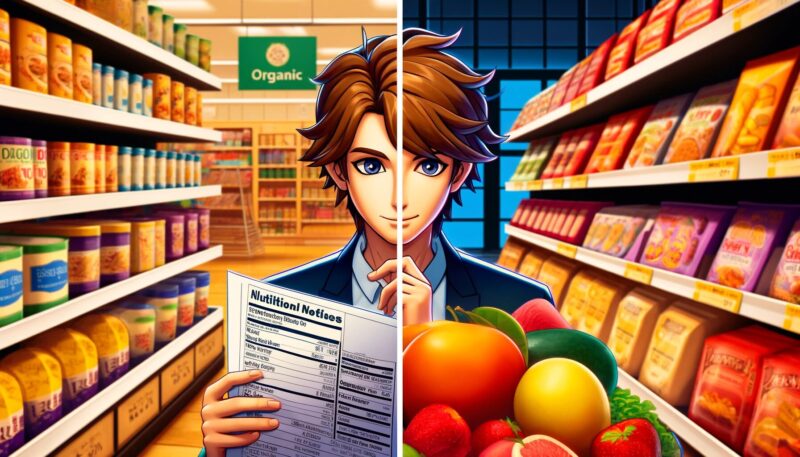
He experiences cognitive dissonance as his desire to eat tasty food conflicts with his health-oriented values.
Yuya-san is caught between the immediate gratification of indulging in the snacks and his long-term commitment to health.
This situation vividly illustrates cognitive dissonance where one’s actions (the temptation to buy unhealthy snacks) are at odds with their beliefs or values (commitment to health).
Books on “Cognitive Dissonance”
Choosing a political candidate
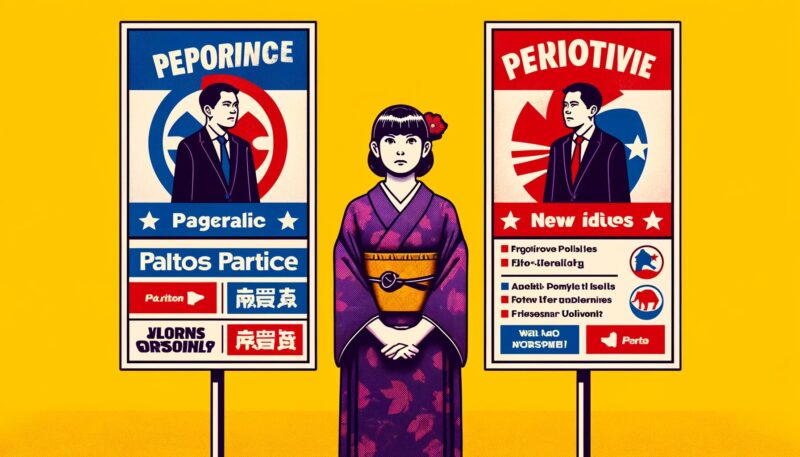
Imagine a scenario where an individual, let’s call her Akiko, faces cognitive dissonance while choosing a political candidate.
Akiko has always supported political party A due to her family’s tradition.
However, she finds herself agreeing with the policies of candidate B from a different party.
Books on “Cognitive Dissonance”
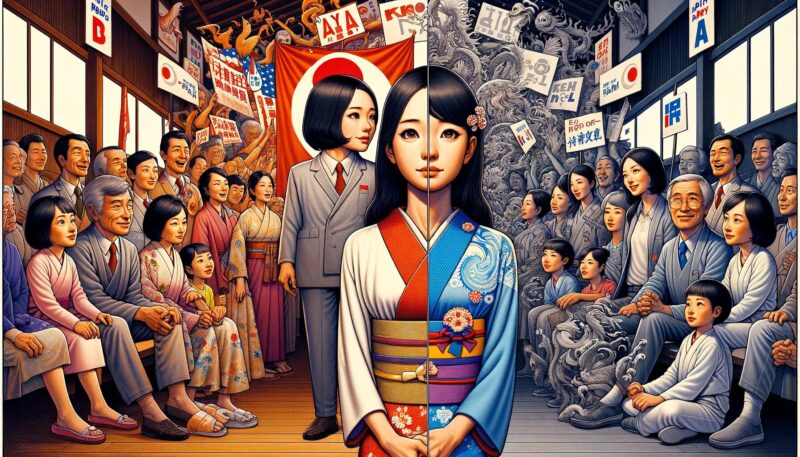
This situation creates cognitive dissonance for Akiko. On one hand, her loyalty to her family’s political tradition urges her to support party A.
On the other hand, her personal agreement with candidate B’s policies challenges this loyalty.
This conflict between her inherited beliefs and her own convictions is a classic example of cognitive dissonance in decision-making, especially in the complex realm of politics.
Books on “Cognitive Dissonance”
Adhering to cultural norms despite personal beliefs
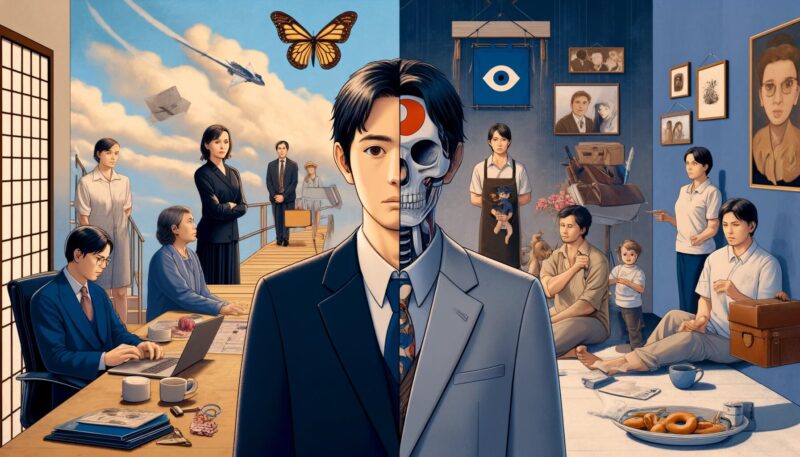
Let’s consider a character, Hiroshi, who experiences cognitive dissonance when adhering to cultural norms that conflict with his personal beliefs.
Hiroshi, a young professional, has been raised in a culture with strict traditional norms about career success and family roles.
However, Hiroshi personally believes in a more modern approach to life, valuing personal fulfillment over traditional success metrics.
Books on “Cognitive Dissonance”

He faces cognitive dissonance when his cultural expectations to follow a conventional career path and marry early conflict with his desire for a more unconventional, self-defined life path.
This scenario illustrates the struggle between conforming to societal norms and pursuing personal happiness, a common source of cognitive dissonance in many cultures.
Books on “Cognitive Dissonance”
Summary
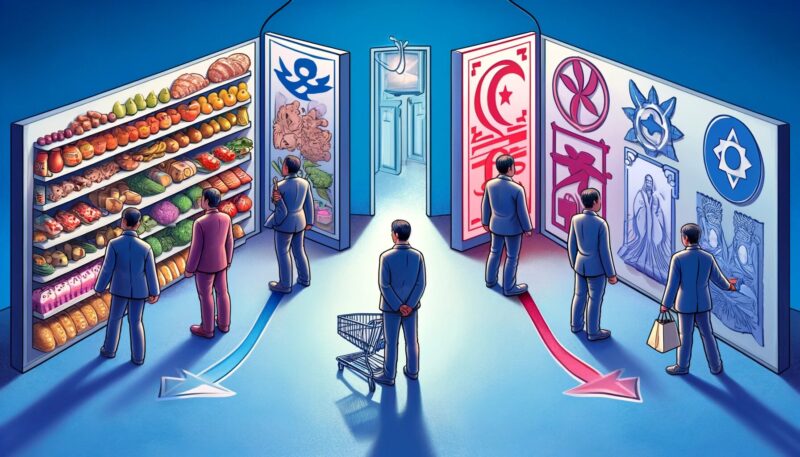
The concept of cognitive dissonance involves the psychological stress experienced when a person holds contradictory beliefs, values, or ideas, or when their actions conflict with their beliefs.
This was first described by Leon Festinger.
The discomfort from this inconsistency motivates individuals to alter their beliefs, attitudes, or behaviors to restore consistency.
Books on “Cognitive Dissonance”
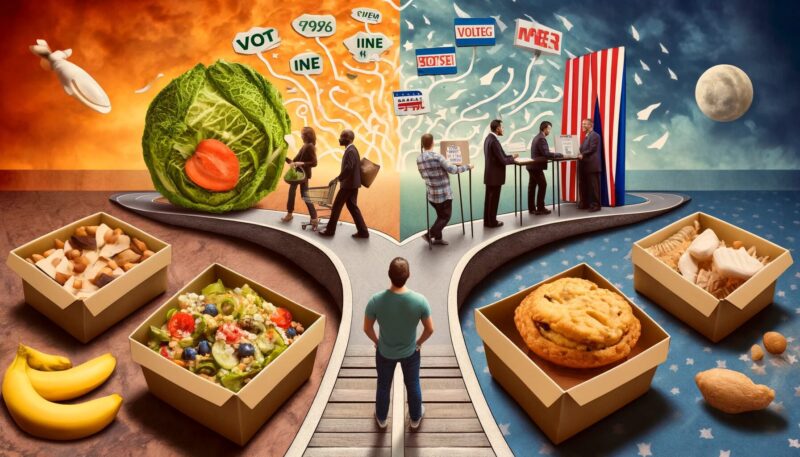
Cognitive dissonance is influential in decision-making, belief formation, and attitude change.
Examples include decision-making in shopping, choosing political candidates, and conforming to cultural norms versus personal beliefs.
Each case demonstrates the inner conflict and adjustment process inherent in cognitive dissonance.
Books on “Cognitive Dissonance”
This article uses material from the Wikipedia article “Cognitive Dissonance”, which is released under the Creative Commons Attribution-Share-Alike License 4.0. Additionally, the texts and images were generated using ChatGPT.


